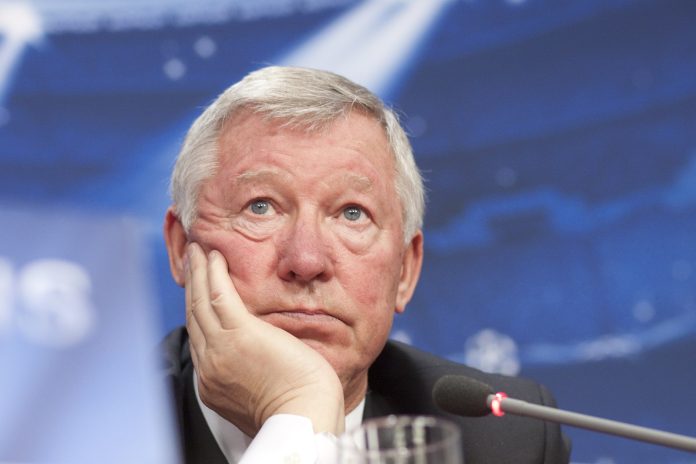The modern football transfer window system, established in the 2002-03 season, has transformed how clubs manage their squads.
But after two decades, the debate on whether to remove or reshape these windows entirely is heating up. Advocates on both sides present compelling arguments about fairness, financial stability, and competitive integrity.
How the Transfer Window Works Now
Currently, clubs can buy and sell players primarily during two periods each year: a summer window, typically lasting around 12 weeks, and a shorter mid-season window in January lasting around four weeks. Introduced to enhance planning and competitive fairness, this structured approach has shaped club strategies significantly. It also impacts related markets, notably football transfer betting, which sees peak activity around these windows.
However, critics argue that the current system creates artificial pressure points, encouraging panic buys and inflated transfer fees as clubs rush to finalize deals before deadlines. It also heavily favors financially strong clubs, capable of exploiting late-window dynamics, while smaller clubs struggle to compete.
Life Before Transfer Windows
Before structured windows were introduced, football operated under a largely open-market system. Clubs could sign players almost any time throughout the season. Famous examples include Eric Cantona’s switch from Leeds United to Manchester United in late November 1992—a move impossible under today’s rules. Such flexibility provided clubs, especially smaller ones, with financial breathing room to sell players when needed most.
Nevertheless, an open market had significant drawbacks. Clubs constantly faced squad instability, with players potentially moving at any moment, disrupting team cohesion and making long-term planning more difficult.
Pros of Transfer Window Reform
Reforming or removing transfer windows could mitigate the frantic nature of deadline days. Clubs would benefit from increased flexibility, making considered purchases based on genuine needs rather than time constraints. This could reduce inflated fees and limit erratic transfer betting patterns.
Financially weaker clubs might particularly benefit, as they could sell valuable assets during financial distress, improving their financial stability and competitiveness. Such freedom could protect clubs from financial ruin, making football economically healthier overall.
Simon Jordan, former chairman of Crystal Palace, suggests a more flexible market could reduce agent-driven chaos, where clubs often feel pressured into rushed, overpriced deals. He highlights how current rules disproportionately benefit powerful clubs with deep pockets.
Cons of Removing Transfer Windows
Despite these positives, removing transfer windows could create significant competitive imbalance. Larger, richer clubs might continuously poach key players from smaller teams, undermining fairness and competitive integrity. This continuous disruption could destabilize squads, affecting player morale and performance throughout the season.
Moreover, unlimited transfer opportunities could distract players and coaches alike, with constant speculation over player moves overshadowing match preparations. Former Premier League manager Steve Coppell previously argued that stability offered by transfer windows positively impacts teams’ focus and player performance.
Potential Future Models
Football could consider hybrid solutions balancing flexibility and structure. One popular proposal involves adopting rolling windows or quarterly transfer periods. This system would allow controlled, strategic moves without completely abandoning structure, giving clubs regular but limited opportunities to reinforce their squads.
Another possibility includes establishing transfer quotas or financial caps per season or quarter, curbing reckless spending while retaining flexibility. This approach might stabilize the market, reducing frantic transfer betting activities and speculative transfers driven by financial pressures or short-term gain.
Impact on Clubs
A reformed transfer system would affect clubs differently depending on their financial and competitive positions. Elite clubs would retain spending power but face scrutiny if continuously poaching talent. Mid-tier teams could strategically manage resources, and smaller clubs would benefit from increased financial flexibility, monetizing talent when the market is favorable.
Conclusion
The future of football’s transfer windows is uncertain, but changes appear inevitable as pressure mounts for a fairer, more economically sustainable system. FIFA’s ongoing exploration into transfer reforms indicates openness toward new approaches. Whether fully open markets or hybrid models emerge, careful consideration must ensure competitive balance, financial fairness, and player welfare remain paramount.
Ultimately, the debate underscores football’s evolution, demanding thoughtful decisions shaping the sport’s financial and competitive landscape for years to come.








